Sarajevo – beyond the siege
Twenty years on from the onset of war in Bosnia and Herzegovina, Ted Lieverman explores the progress of Sarajevo’s recovery – or not – from the almost four-year long siege.
By Ted Lieverman
Downtown Sarajevo
The corner of Ulica Koturova, Sarajevo
Cemetery for the victims of the siege of Sarajevo
Commemorating Markale Market, where 68 people were killed in 1994
Sarajevo’s contemporary skyline
Markale Market today
The Latin Bridge, am Ottoman bridge over the River Miljacka
Ted Lieverman is a freelance photographer working on issues of conflict and social justice. His photos have been published by Consortium News, Global Post, and several legal publciations. He is a photographer for Northstar Productions in Fairfax, Virginia, and an associate producer for the documentary film ‘Guazapa: Yesterday’s Enemies’.
To view more of Mr. Lieverman’s work, please click here.

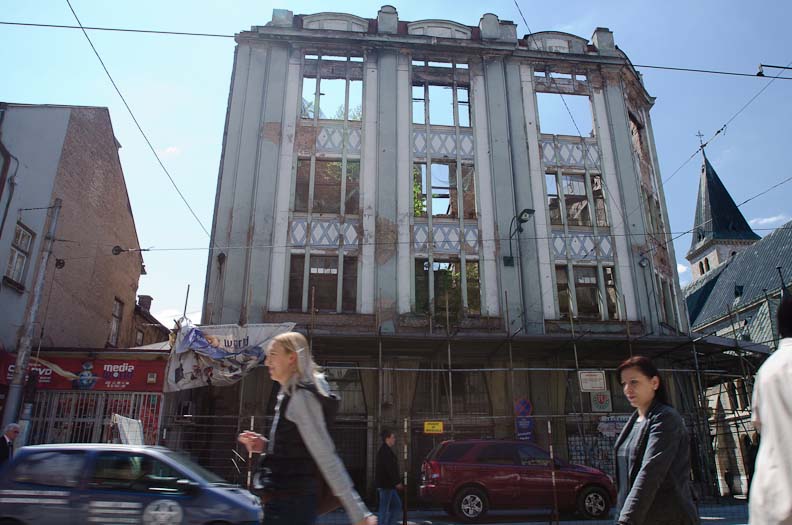
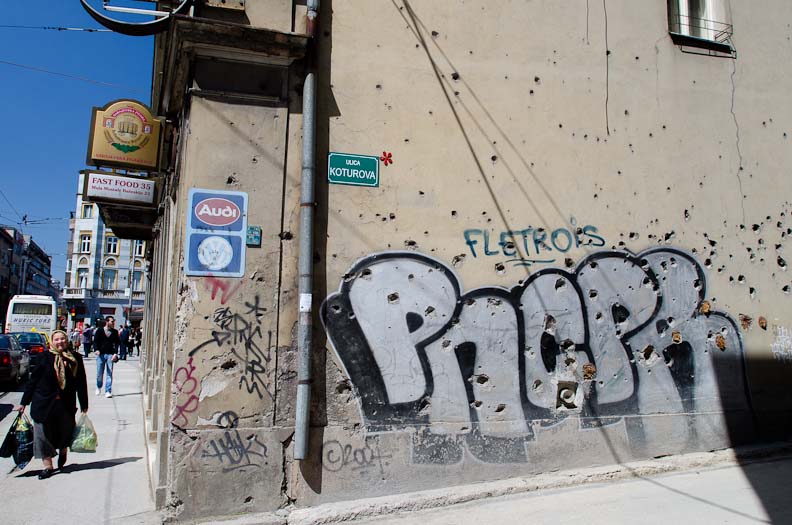
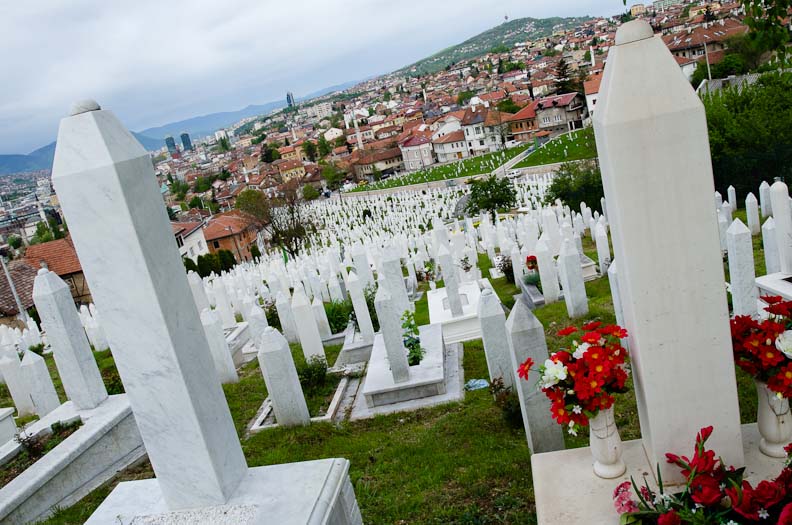
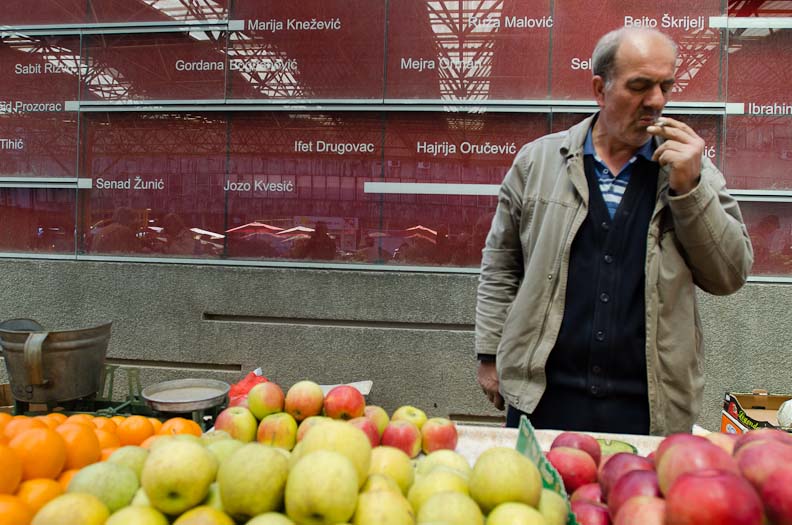
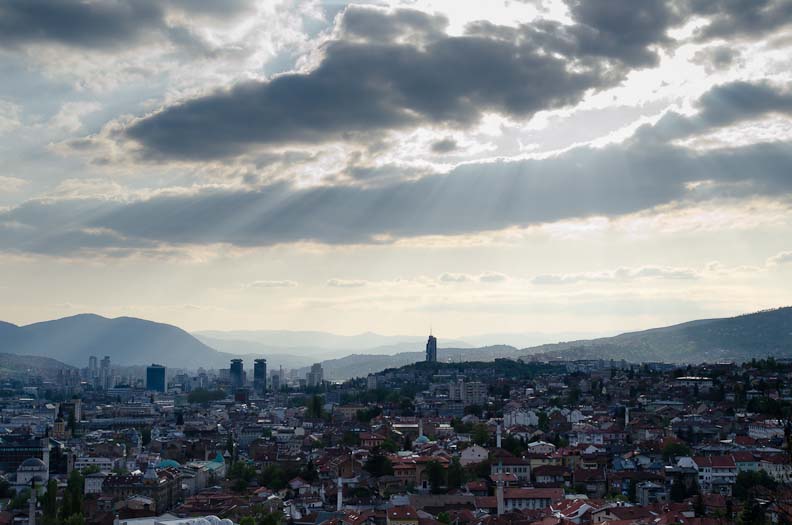


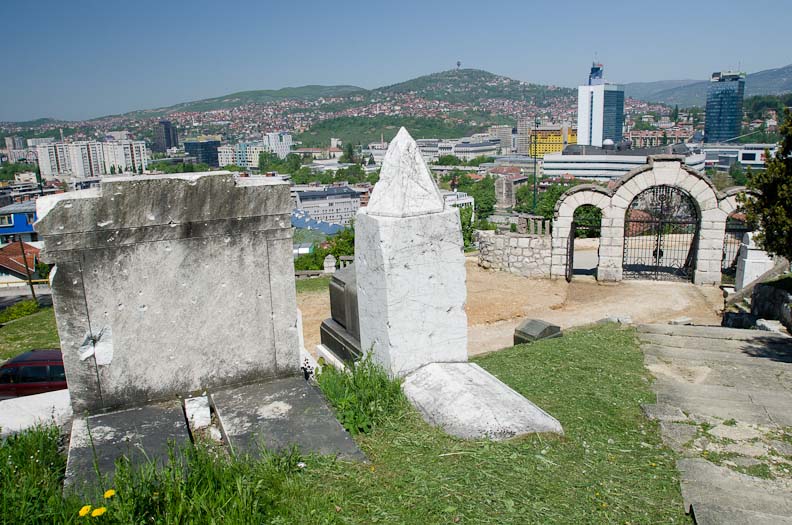

















We have heard some People say that Bosnia Herzegovina is a dysfunctional State, but they seldom try to provide suggestions to make it better if they really think that way.
These same People never say that Serbia is a dysfunctional State because they have separatists who are terrorists in their Province of Kosovo.
There are several problems that needed to be addressed before Bosnia Herzegovina could become better, and foreign interference is a major source of disunity in Bosnia Herzegovina.
The Dayton Agreement is vital, because it is the template for the Croat Entity to function properly in Bosnia Herzegovina.
Naturally, Bosnia and Herzegovina will something from Croatia to join Bosnia Herzegovina as compensation, and that would be Serbian Krajina, using the template of the Dayton Peace Accords.
The Office of High Representative is also a problem, and is the main source of the foreign interference that does not help the situation, and these things should be made known top the Colonial Governor who is Euphemistically called the High Representative and to the European Union.
Great photos. I was in Sarajevo, as well as other parts of the country, in September 2011 and I think Sarajevo has come along way. It has very little traces of the conflict in the city centre compared to when I first visited in 2003. But as far as Bosnia Herzegovina being dysfunctional, as an outsider looking in I can see the divisions in areas like Srpski Republic compared to Herzegovina. Where Srpski Republic tends to lean very much towards Serbia, with the people there aligned to Serbia. Bosniak Bosnia seemed like a different country altogether. Of course it may still be too early for reintegration, a process naturally slower outside the capital, there still seems to be a lot of pulling and tugging within Bosnia Herzegovina among the ruling coalition.
Of course the International interference is there, with Russia investing in Srpski Republic, Turkey investing in the Federation…not to mention the outside political influences, but from what the ICC are doing to bring war crimes court cases onto home territory for trial and repatriation of refugee’s by different support groups; some of these influences are positive guidance in still fragmented society.
Here’s hoping things will continue to grow such as tourism and peace building, as Bosnia Herzegovina has alot to offer.